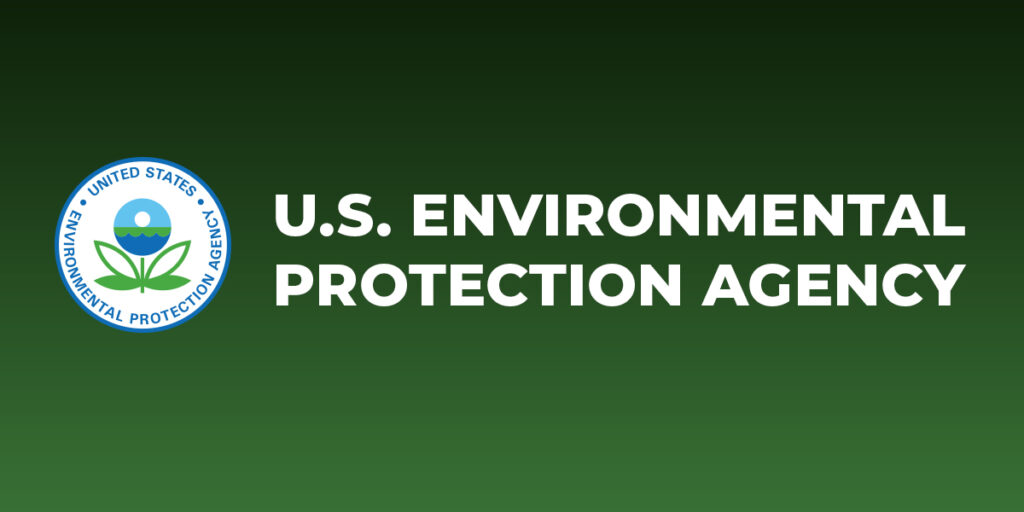 (AGENPARL) - Roma, 22 Novembre 2024
(AGENPARL) - Roma, 22 Novembre 2024(AGENPARL) – ven 22 novembre 2024 Issued: Nov 22, 2024 (2:05pm EST)
If you wish to unsubscribe please do so
here: http://url6130.epa.mediaroom.com/ls/click?upn=u001.iqz6hAvLdUl-2FaSixKUG3iyFJBsxNAroAZOQ1BID8fKIiLAUfJX2sQlhu1tzKAOIu-2BU84uzAzSpWvmWyHnsNJDRYXWx5dlMz75Zp9ch-2BQlG6mQHPYjReZhS13hvd5qOopLEpU_-2B0Ok6Af7hyz7Kqg6CR74pYblAA1WjrUjKSJUAiv3NOub0DC4O7JPWGxIlQ7kBB-2FS8o5459elnIwaq6Ifj-2F5UELcwTnYw862-2B8Ye0RHr8m-2BdP76eyiP-2BXsw7W2vuX7Zq5RZioNnNuChFA9njhvKrD16EQR9OUZF6CQsBIEjIEzf4OitIF-2Fa4ImPwsB1uaz02yvaF7JEdptClFj5MZITHykhCoCbfc7bMc9ZdnEkzktxDnMQpkky1BP09BtZsGlERo
EPA Proposes Tighter Limits on Harmful NOx Emissions from New Stationary
Combustion Turbines to Better Protect Nearby Communities
WASHINGTON — Today, Nov. 22, the U.S. Environmental Protection Agency
proposed to strengthen limits on emissions of nitrogen oxides (NOx) from most
new, modified, and reconstructed fossil fuel-fired stationary combustion
turbines, reducing exposure to dangerous air pollution for nearby communities.
The proposal would ensure that new turbines built at power plants or
industrial facilities — especially large ones that could operate for decades
— would be among the most efficient and lowest-emitting turbines ever built.
The proposal provides regulatory certainty for the power sector, while
supporting the continued delivery of reliable and affordable
electricity.??
“This proposal ensures that new turbines at power plants or industrial
facilities will minimize emissions of harmful, smog-forming nitrogen
oxides,” said EPA Assistant Administrator for Air and Radiation Joseph
Goffman. “These stronger standards are necessary to better protect nearby
communities’ health, and the power sector has already shown that the
additional pollution controls can affordably and reliably do the job.”
NOx contributes to harmful health effects, such as asthma and respiratory
infections, and reacts with other volatile organic compounds to form ozone
(i.e., smog) and fine particulate matter. Children, the elderly, and people
with chronic heart, lung, or other cardiopulmonary diseases are most at
risk.
The proposed New Source Performance Standards (NSPS) are based on the
application of combustion controls and selective catalytic reduction (SCR), a
cost-reasonable and widely used add-on control technology that limits
emissions of NOx. In addition, EPA is proposing to maintain the current limits
for sulfur dioxide, which is well-controlled in this sector based on the
long-term required use of low-sulfur natural gas and distillate fuels. The
proposed stronger standards for NOx would apply to facilities that begin
construction, reconstruction, or modification after the date of publication of
the proposed standards in the Federal Register.
EPA estimates this proposed rule would reduce NOx emissions by 198 tons in
2027 and 2,659 tons in 2032. The present value of net benefits to society is
estimated at up to $340 million, with an equivalent value of up to $46.4
million per year.
To strengthen the NOx performance standards for new stationary combustion
turbines, EPA is proposing:
To determine that combustion controls with the addition of post-combustion SCR
is the best system of emission reduction (BSER) for most combustion turbines.
To lower the NOx standards of performance for affected sources based on the
application of the BSER.
To establish more protective NOx standards for affected new sources that plan
to fire or co-fire hydrogen, ensuring that these units have the same level of
control for NOx emissions as sources firing natural gas or non-natural gas
fuels.
EPA carefully considered the potential implications of this proposed NSPS on
communities with environmental justice concerns. EPA anticipates the proposed
changes to the NSPS will generally reduce the potential emission impacts for
these communities, in particular from NOx emissions, due to limits based on
the application of state-of-the-art control technology.
EPA is proposing size-based subcategories that reflect consideration of the
performance of different combustion turbine designs and current NOx control
technologies. The proposed NSPS would establish size-based categories based on
base load heat input. The proposed size-based categories include:
Large combustion turbines — facilities with a base load heat input rating of
> 850 MMBtu/h (> ~ 85 MW).
Medium combustion turbines — facilities with a base load heat input rating
of > 250 and ? 850 MMBtu/h (> ~ 25 MW and ? ~ 85 MW).
Small combustion turbines — facilities with a base load heat input rating of
? 250 MMBtu/h (? ~ 25 MW).
EPA is proposing to further subcategorize affected sources based on whether
they operate at high, intermediate, or low loads and whether they burn natural
gas or non-natural gas fuels. When classifying low, intermediate, or base load
units, EPA will consider the 12-calendar-month capacity factor of these
combustion turbines.
High load — capacity factor greater than 40% (i.e., base load).
Intermediate load — capacity factor greater than 20% and less than or equal
to 40%.
Low load — capacity factor of less than or equal to 20%.
For non-EGU stationary combustion turbines, the capacity factor would be
determined based on the prior 12 calendar months of data on a rolling basis
updated each month.
EPA also recognizes that at smaller sizes and at lower or more variable
operating levels the cost-reasonableness on a per-ton basis and efficacy of
SCR technology becomes less favorable. Thus, EPA proposes to establish
standards for certain combustion turbines based on the use of combustion
controls without SCR. This includes small combustion turbines that operate at
low and intermediate loads; medium combustion turbines that operate at low
loads; and large combustion turbines that operate at low loads.
EPA will accept comments for 90 days after the proposal is published in the
Federal Register.?Comments, identified by Docket ID No.
EPA-HQ-OAR-2024-0419, may be submitted via http://www.regulations.gov. For more
information, visit Stationary Gas and Combustion Turbines: New Source
Performance Standards (NSPS).
To unsubscribe or change your settings click here:
http://url6130.epa.mediaroom.com/ls/click?upn=u001.iqz6hAvLdUl-2FaSixKUG3iyFJBsxNAroAZOQ1BID8fKKhIILjisBDEktm3-2BIos9X6U-2Fzxlf5ZvbwLvU7zJebjFk4ATbFpf7F59vShv4wHfDovYj0tGcXFZvoHfPXm-2F-2FYPCx30lyQVrINn9bwFQqdhuQ-3D-3DpsSY_-2B0Ok6Af7hyz7Kqg6CR74pYblAA1WjrUjKSJUAiv3NOub0DC4O7JPWGxIlQ7kBB-2FS8o5459elnIwaq6Ifj-2F5UELcwTnYw862-2B8Ye0RHr8m-2BfVlXuWOYY8qmErDKTqAAkizH4xUz4JtpkH5M7R4dJ47j-2FM-2BgQKyvBfLdawqad5mEkp8bATvhFji2fvX9IgqngwtTzhNKQDeMRsjvakunUApklU-2BZ517qGmthNo8k8qz-2F4WRYWbC13LEe7RfvwVZAAs

